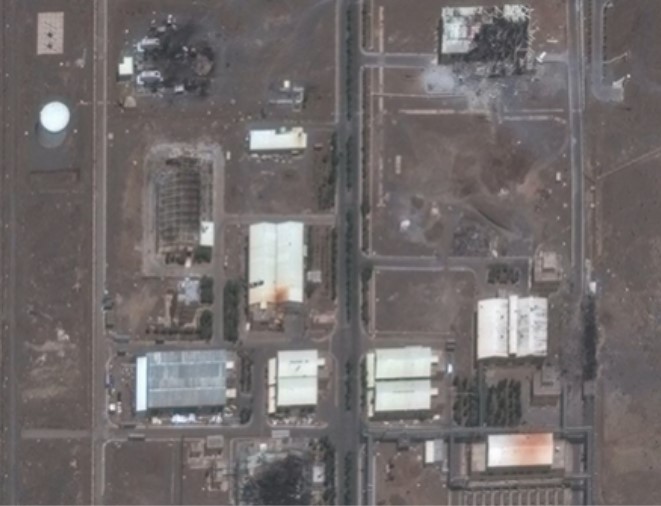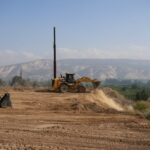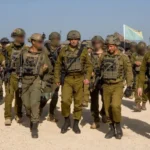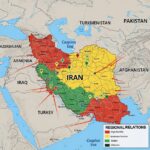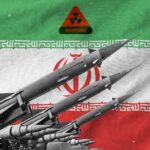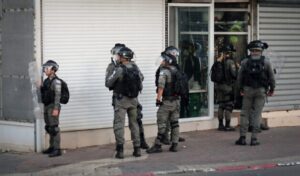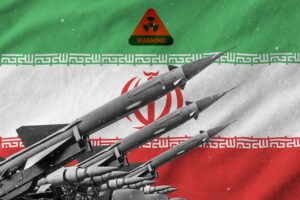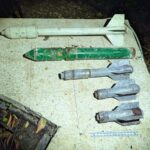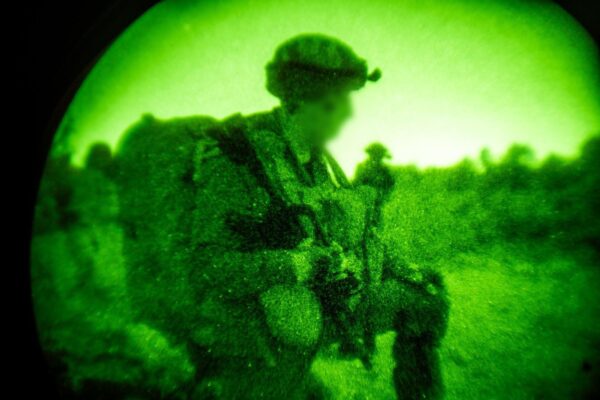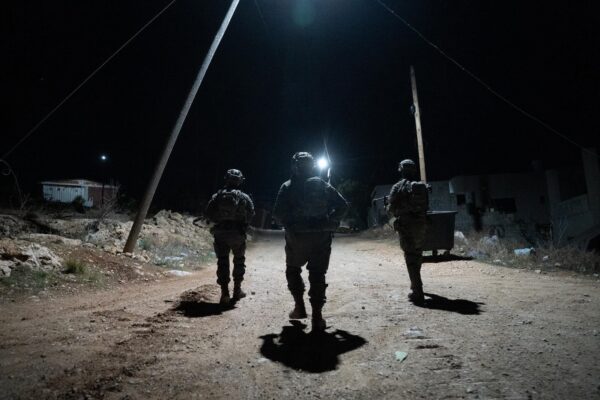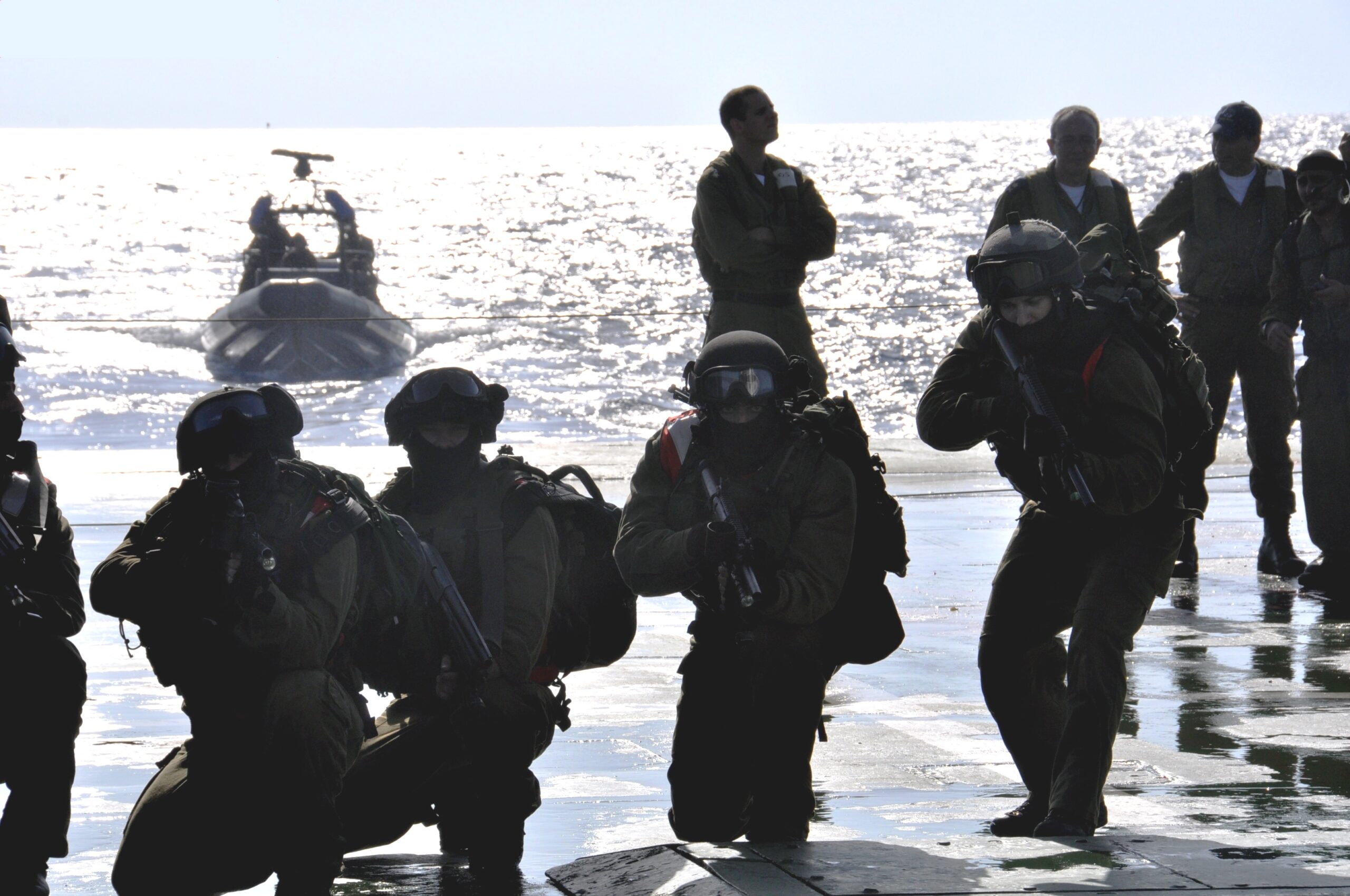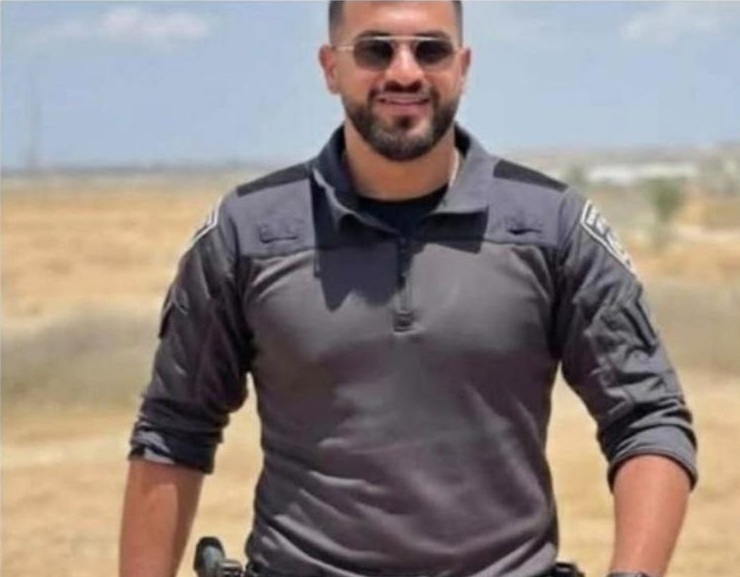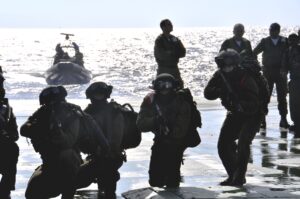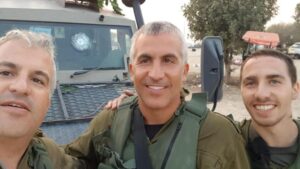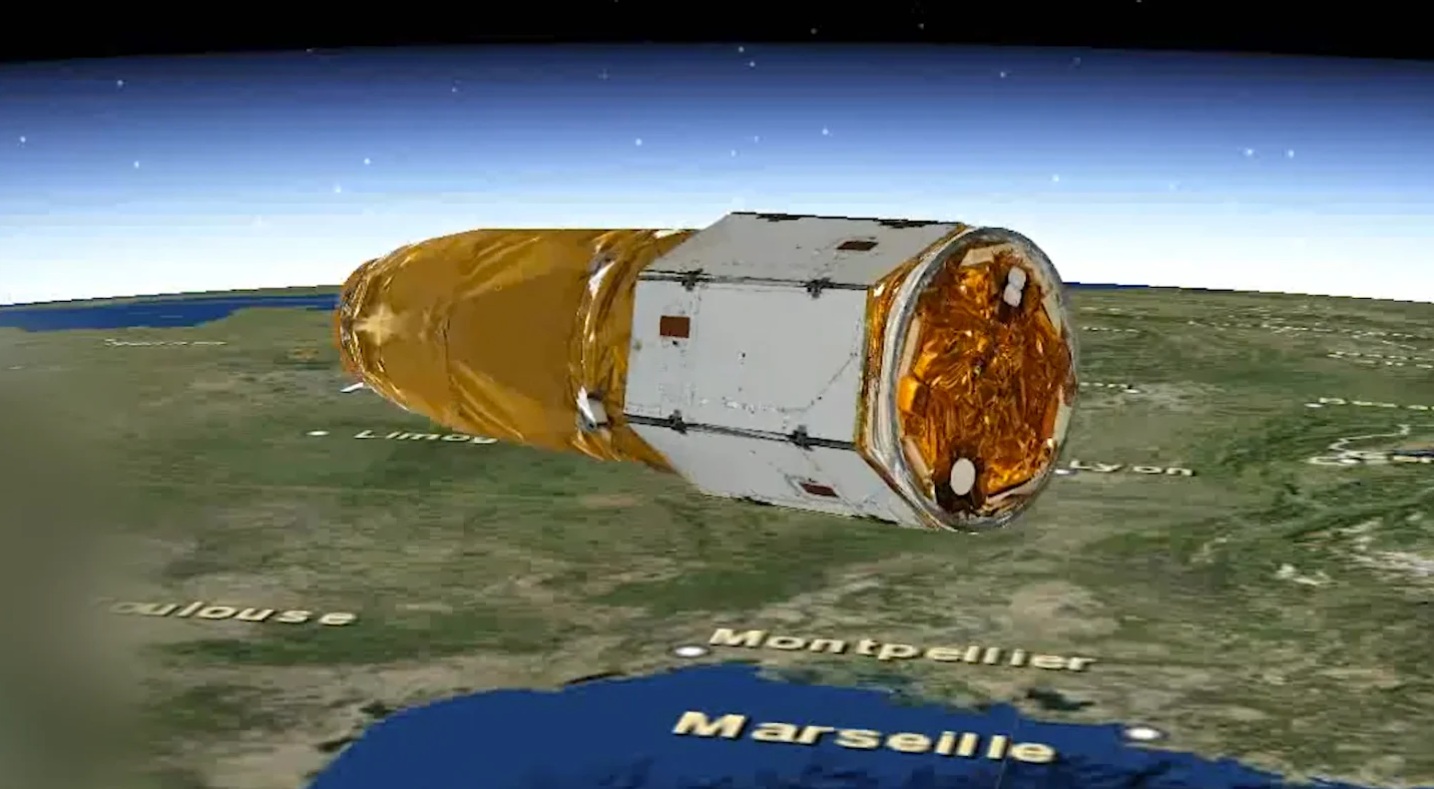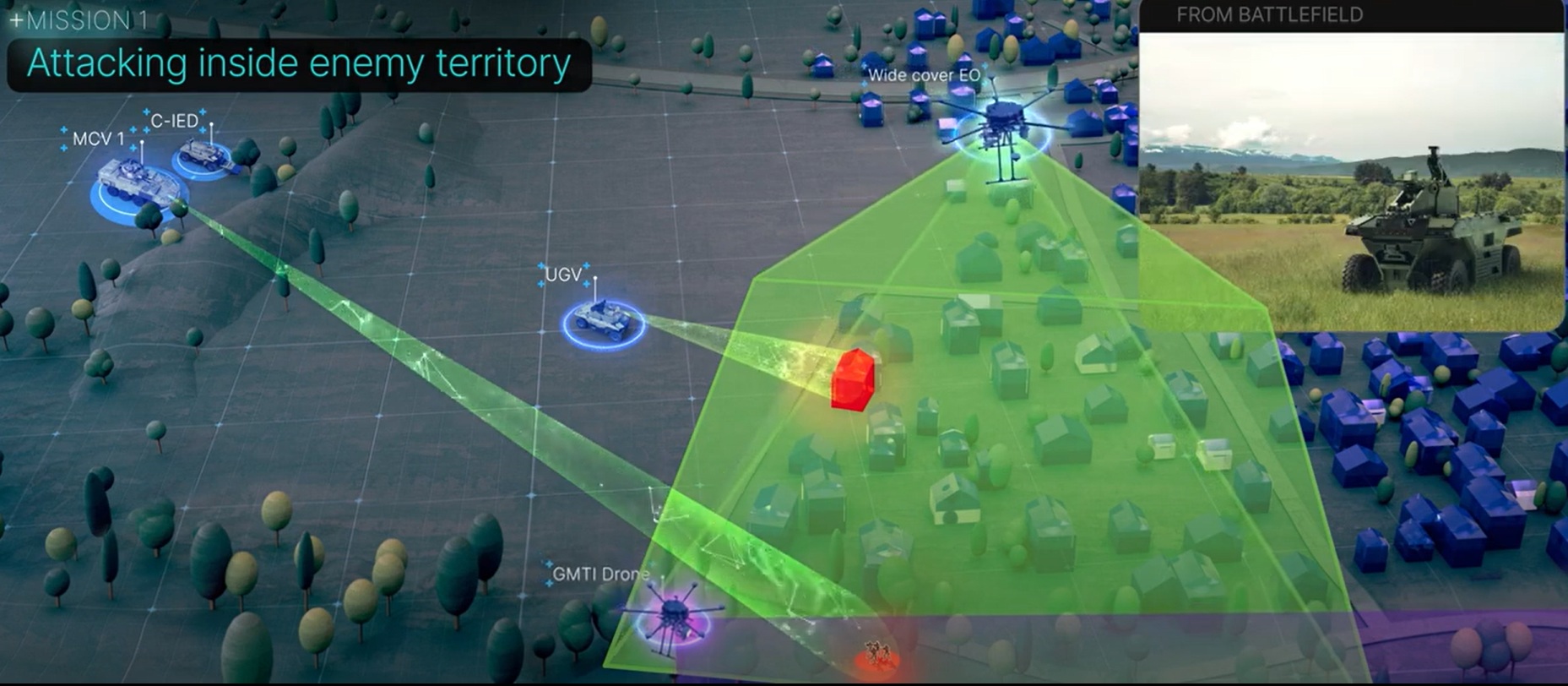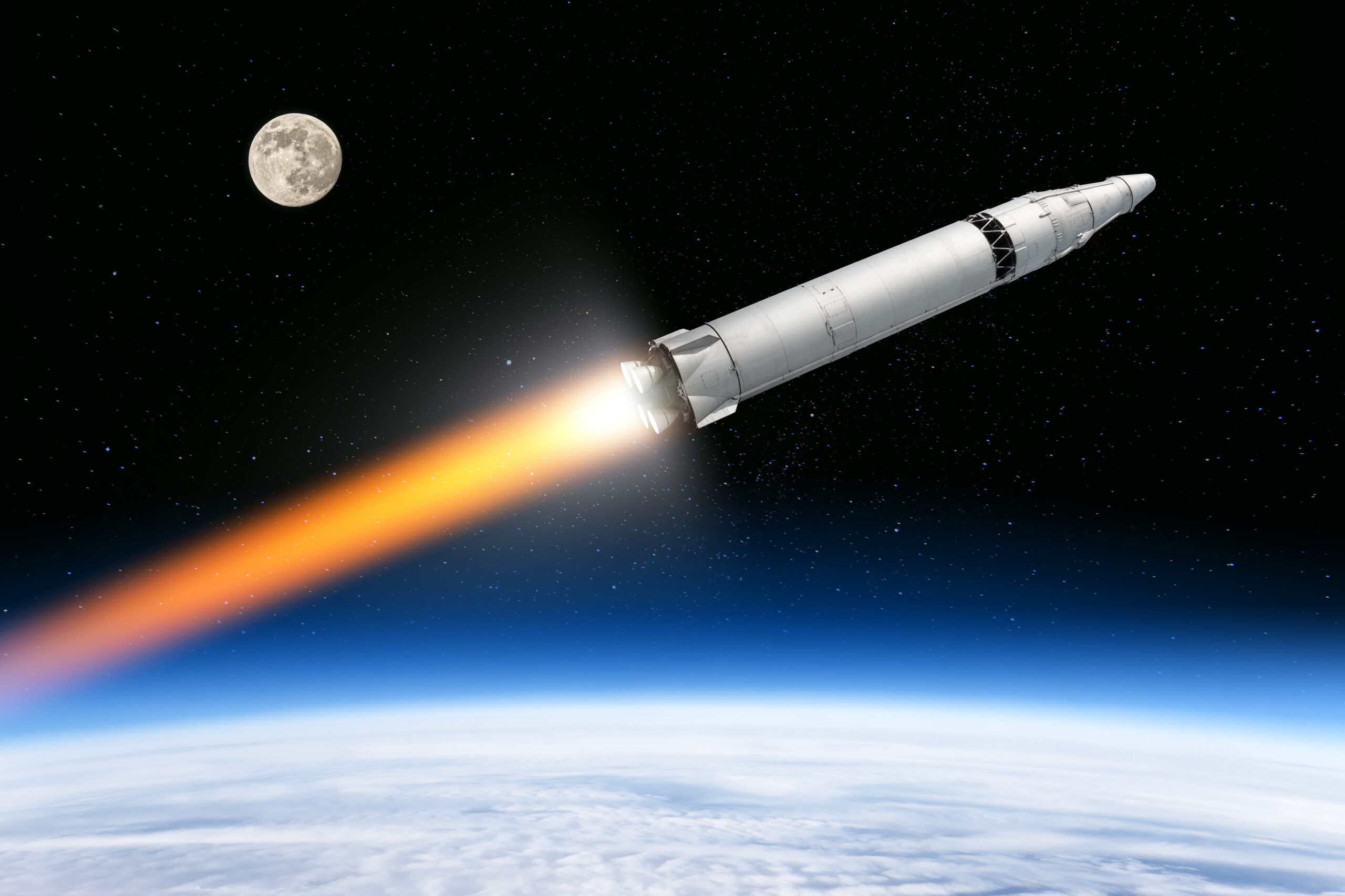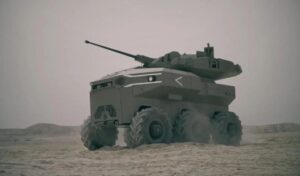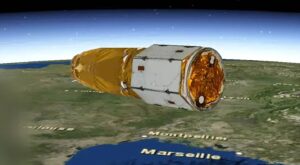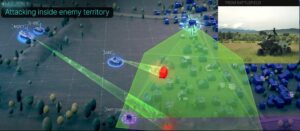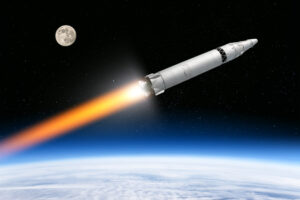The International Atomic Energy Agency further reported that the sudden loss of power at Natanz “may have damaged” the underground centrifuges located there.
By Batya Jerenberg, The IDF Club
Israel’s attacks on two of Iran’s most important nuclear sites have had a mixed score of success so far, four days into the Jewish state’s Rising Lion military operation.
Already on Friday evening, the first day of the massive Israel Air Force airstrikes, Prime Minister Benjamin Netanyahu said that the main uranium enrichment facility at Natanz had been “severely” hit.
Satellite and ground imagery of Natanz after Israel’s initial strike showed that an above-ground plant that had been enriching uranium to up to 60% purity, which could only be used for a nuclear bomb, was demolished.
Perhaps more importantly, the Washington-based think tank, the Institute for Science and International Security reported that the Israelis caused “extensive damage to the electrical power supply for the complex, including the main outdoor transformer substation, a concealed transformer substation, and two backup gas turbine generators,” which would make the country’s main uranium enrichment facility “unusable.”
The International Atomic Energy Agency further reported that the sudden loss of power at Natanz “may have damaged” the underground centrifuges located there.
It is estimated that there are some 14,000 centrifuges at Natanz.
“These are machines that spin at the speed of light, and if they are suddenly turned off, some of them might explode or suffer unrecoverable damage,” Ali Vaez, the Iran Project Director at the Brussels-based think tank, the International Crisis Group, explained to CNN, the US TV network, on Sunday.
An Israeli official went further Sunday, telling the Wall Street Journal newspaper that there were “indications” that the underground section of the facility may have imploded, while adding that this was not yet completely confirmed.
The Fordow Fuel Enrichment Plant, where uranium is being enhanced to near-weapons grade purification, is a different story.
Fordow is buried deep under a mountain near the holy city of Qom, and while Israel has targeted the site, collapsing an outside retaining wall according to satellite imagery, the IDF has not claimed that it has been damaged in any significant way.
The general assessment is that Israel would need to hit it with the largest bomb in America’s arsenal, the MOAB (mother of all bombs), and perhaps even several of them, to destroy the site, but the US has so far declined to provide it to the IDF.
“Israel thus far has targeted important parts of the Iranian nuclear program. But if you are worried about a nuclear breakout, Fordow is the game,” Richard Nephew, a nuclear negotiator during the Biden and Obama administrations, told the WSJ.
While supportive of Israel’s attack, and ordering the US Navy to help defend Israel’s skies from Iran’s ballistic missiles, President Donald Trump has so far ruled out Jerusalem’s request to join its operation or hit Fordow directly.
If destroying the entire facility is not possible, another idea could be to collapse the entrance to the site, as blocking access would essentially render what is inside useless.
However, the question is how long that would be effective, as the Iranians would surely bore another entrance to the site, if they don’t already have a secret emergency route in place.


